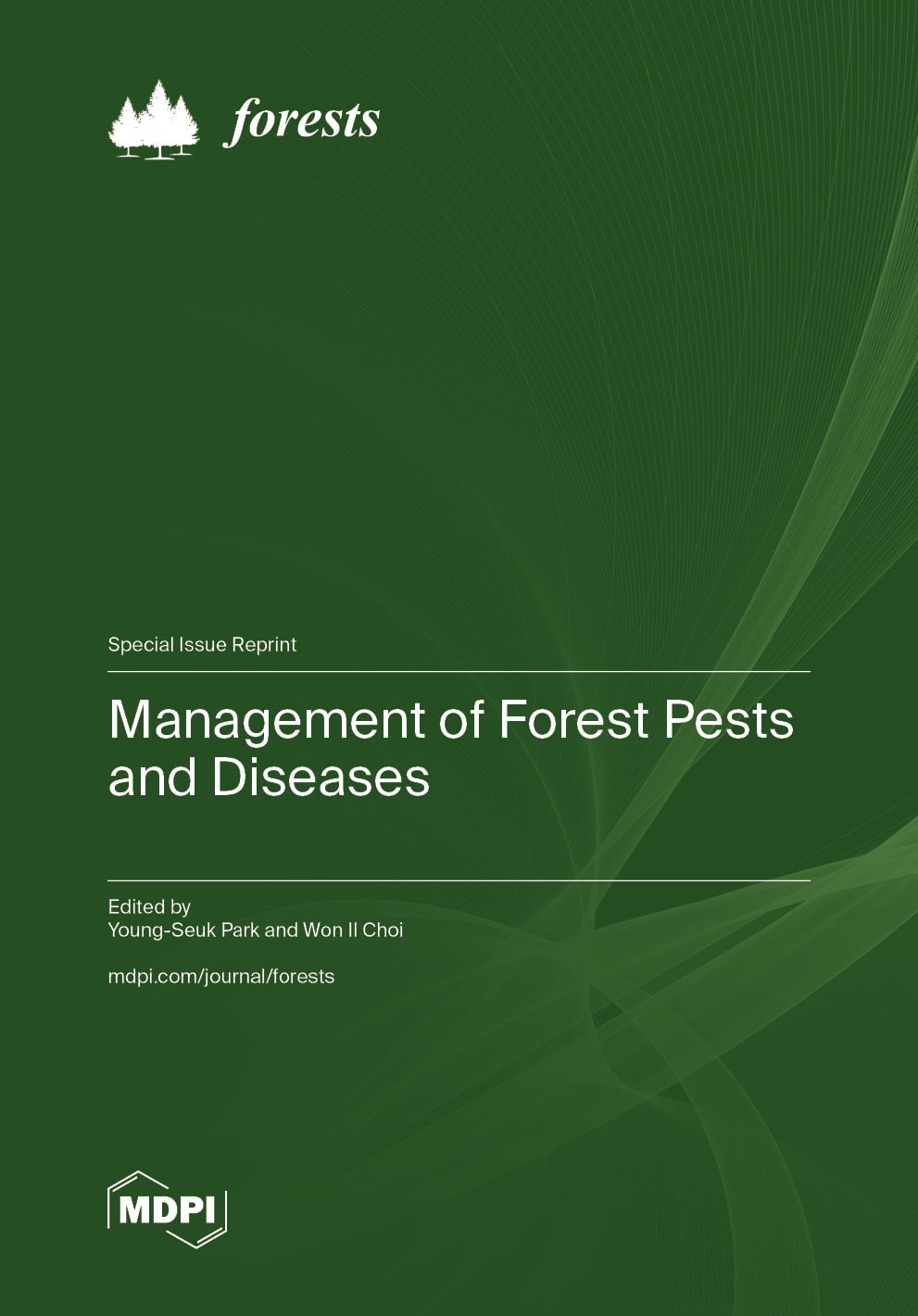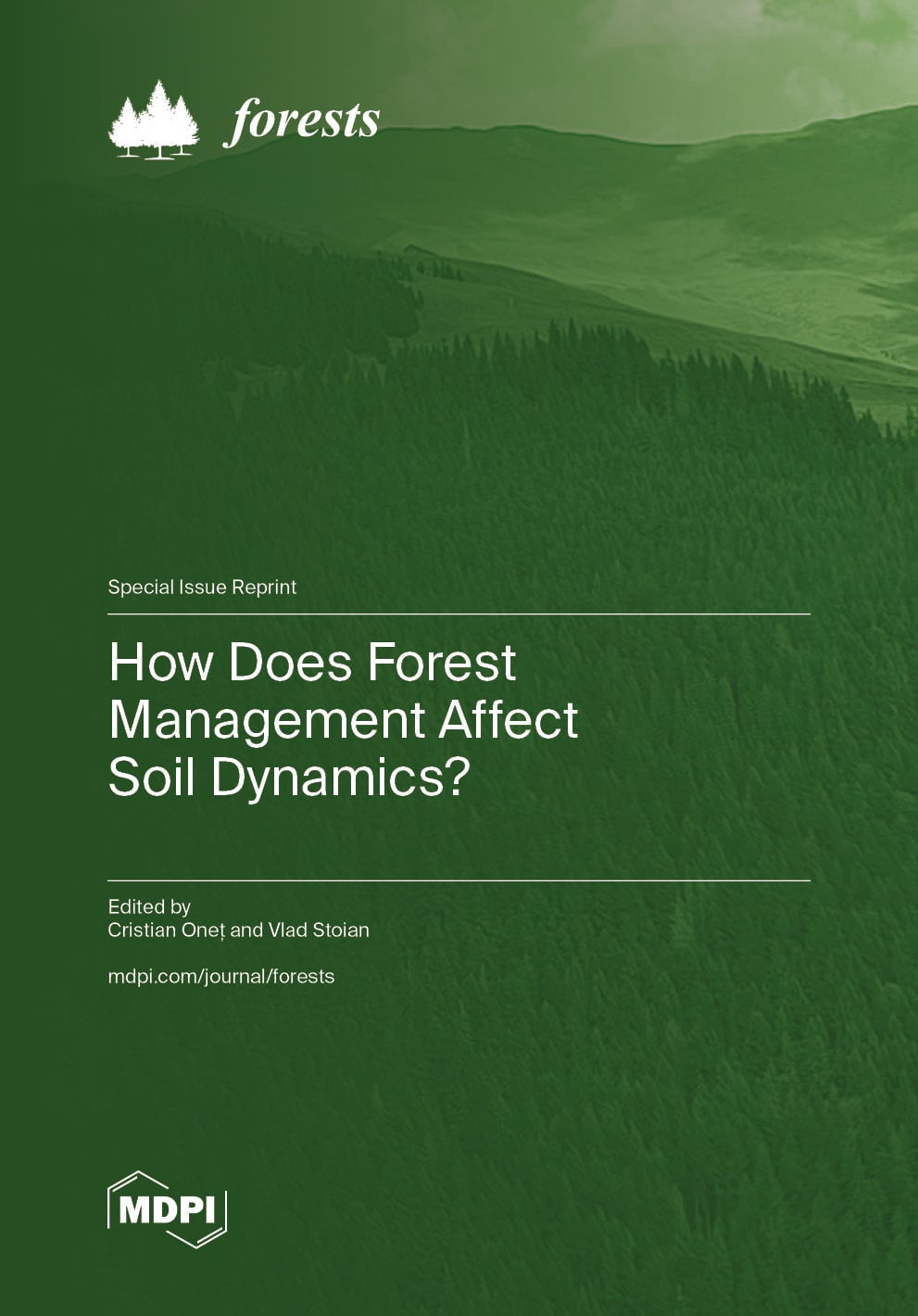- Article
Urban–Rural Environmental Regulation Convergence and Enterprise Export: Micro-Evidence from Chinese Timber Processing Industry
- Kangze Zheng,
- Yufen Zhong and
- Yu Huang
- + 1 author
Environmental regulations serve as a critical determinant of industrial competitiveness in the global market. Recent policy shifts have driven a gradual convergence of rural environmental standards with urban norms, fostering a dynamic landscape of “top-down competition” between urban and rural regulatory frameworks. While the economic consequences of regional regulatory disparities are well-documented, the specific impacts of this regulatory convergence remain insufficiently explored. To address this gap, this study constructs a novel index to measure the convergence of environmental regulations between urban districts and rural counties at the prefecture level. Utilizing an unbalanced panel dataset of 5600 county-level timber processing enterprises, the Heckman two-stage model is employed for empirical analysis. The results demonstrate that the convergence of urban and rural environmental regulations significantly enhances both the export probability and export intensity of county-level firms, with these effects exhibiting persistence and cumulative growth over time. These findings remain robust across a series of validation tests, including instrumental variable estimation, double machine learning, and alternative model specifications. Mechanism analysis reveals that regulatory convergence promotes exports primarily by improving access to green credit and enhancing peer quality within the industry. Furthermore, heterogeneity tests indicate that the positive effects are most pronounced for start-ups and firms in the decline stage, as well as for enterprises located in eastern China, those outside the Yangtze River Economic Belt, and those subject to minimal government intervention. This study provides critical micro-level evidence that helps enterprises navigate the evolving policy landscape and supports the formulation of strategies to boost export trade amidst the integration of environmental regulations.
10 January 2026



